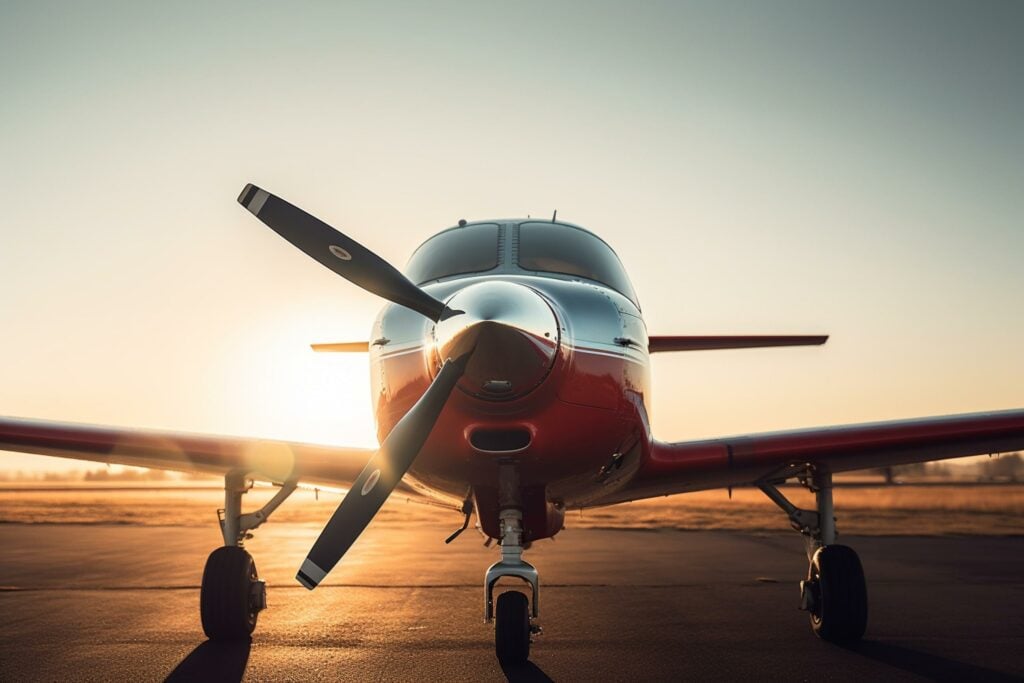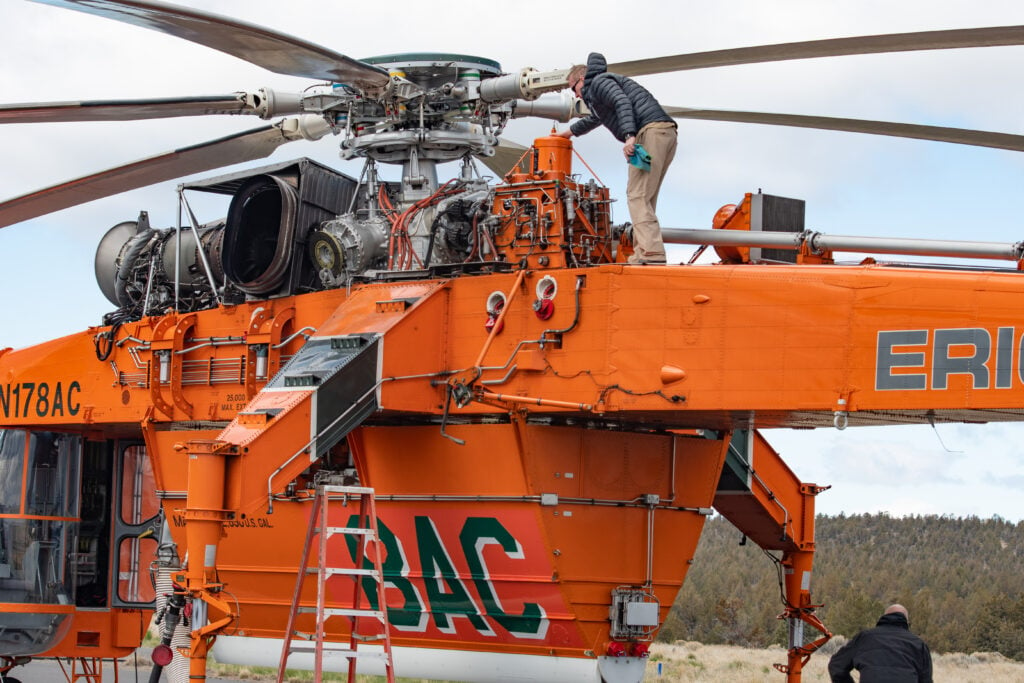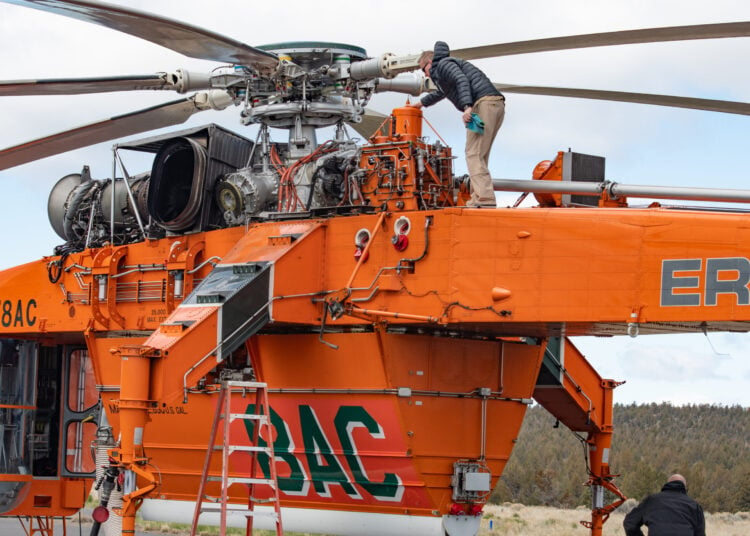by Byron Yoder
Maintaining the exterior appearance of aerial firefighting aircraft is crucial not only for aesthetic purposes but also for ensuring the longevity and performance of the aircraft. Wash soaps and pH are crucial in preserving the aircraft paint by effectively removing oil, grime, and contamination while preserving the paint layer and protecting the skin. In this article, we will learn the significance of washing soaps and understanding the pH balance in aircraft paint maintenance programs.
Role of Wash Soaps in Aerial Firefighting Aircraft Paint Care
Wash soaps are specially formulated with cleaning agents designed to remove dirt, grease, chemicals, and some waxes effectively and safely from the aircraft’s surface. These soaps are designed to lift contamination on the paint layer and provide some hydrophobic protection for future easier cleaning and smoother surfaces, resulting in a more glossy finish (wash & wax).
Many advances have been developed in recent years with soap application methods and processes. Foam cannon & foam gun applications cover larger areas, stay wet longer, provide a presoak to soften the contamination, and allow encapsulation of the dirt, oil, and grease for easier removal. Conventional scrubbing by wetting the brush with soap in the bucket only allows a few moments for the product to work, thus leading to longer times scrubbing and more expense for you, the operator.
We look for biodegradable soaps that offer multiple uses of clay lubricants. These mixtures work well to clean windows by providing a tiny micro-layer barrier between rag fibers and dirt to be picked up. Good options for this type of wash include Optimum No Rinse ONR, American Detailer Garage Wipeout, and many more.
The Significance of pH in Aircraft Paint Maintenance
The pH level of a wash soap is an essential factor to consider when caring for your paint. pH is a measure of the acidity or alkalinity of a substance.

The wash soap should ideally have a neutral or slightly alkaline pH (around 7 to 9). This pH range ensures that the soap is not too acidic, which will lead to paint erosion, causing physical indents/reductions in your paint height(measured in mils or microns), and given enough time and repetitions, you now have exposed aircraft skin, opportunity for creation of corrosion due to industry chemicals that are commonly sprayed iron in them. In addition, on the physics side, we now are creating surface tension and allowing for more edges to grab onto bugs, oil, etc. (think of sandpaper with water vs. window with water). Cleanings will take longer without you noticing, but those minutes will add up over time. On the contrary, high alkaline will do a great job removing the bugs since bugs are acidic and grime quickly with the effects of paint to “burn,” commonly called staining. Remove oil from the paint following separation from the skin. This stripping effect is often referred to as weather checking or weathering. The only way to fix this, you guessed it… repaint.
Before using any product, always check the MSDS and TDS. This will give you paint-safe applications if there are any. One challenge is that “soap” is often misunderstood, and if you ask each operator, they have a different product within the industry; there have been many cases where clients have referred to degreasers as “soap.” Most commonly, heavy-duty truck wash and All-Purpose Cleaners are purchased and implemented to remove grease/oil/bugs for time savings quickly; however, they come with a hefty price tag of repainting, reduced resale value, and increased labor hours.
Best Practices for Washing
To ensure the best results when washing ag aircraft paint, follow these best practices:
1. Never wash the aircraft in direct sunlight as this will lead to quick drying, and depending on your water, mineral content can form mineral deposits on aircraft; given enough repetitions, this can soak deeply into your aircraft paint and may only be removed by heavy polishing, chemical treatment or worse permanent staining and required professional detailing services.
2. Follow the soap manufacturer's instructions for diluting the wash soap appropriately. Check the MSDS always; a quick, simple reading will save hours working to pay for that new paint job.

3. Use foaming soap with a Foam Gun (for garden hose) or Foam Cannon (for pressure washer) to apply the wash soap. Allow a few minutes for the bugs to soak, then follow up scrubbing with a soft bristle brush, two-bucket wash method.
4. Be careful about your brush scrubbing; realize your body is a pendulum, and often, without thinking, we press at the bottom of the action and relieve pressure as the brush extends further up the wing. Look at the flaps and see heavy scratching. You may have developed this habit, or the brush clogs and scratches the surface.
5. An inline water filter can be purchased usually for less than a hundred dollars or a little more. It has enough flow to supply a pressure washer or garden hose and will minimize mineral deposits.
6. Wash as often as you can. A quick foam application with wash soap and pressure wash will neutralize the most contamination, leading to easier cleaning. The more buildup and longer the bugs bake, the more applications will be required to reach below the contamination layer, or the more aggressive soap will be needed to remove the bugs and chemicals.
Washing your aircraft is not just an astatic but also plays a vital role in keeping your aircraft flying, minimizing costly repairs, and providing you with what you want: time with your family. Stay tuned as we will provide more tips in the following articles.






